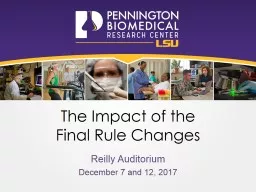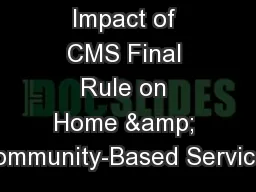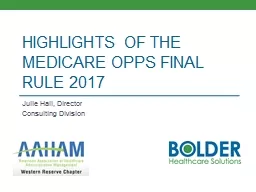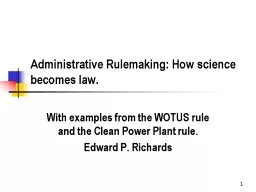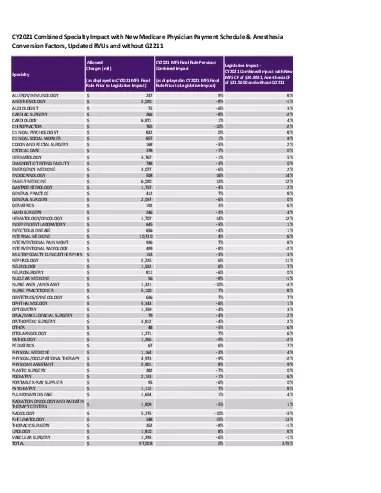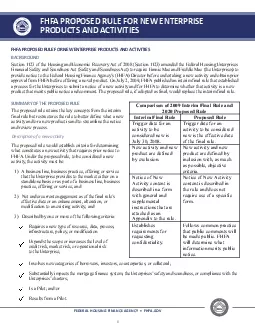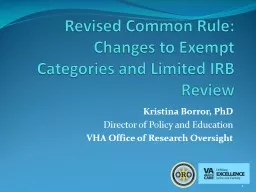PPT-The Impact of the Final Rule Changes
Author : test | Published Date : 2018-11-05
Reilly Auditorium December 7 and 12 2017 Effective January 19 2018 Updates to the human subjects regulations 45 CFR 46 Subpart A are effective January 19 2018
Presentation Embed Code
Download Presentation
Download Presentation The PPT/PDF document "The Impact of the Final Rule Changes" is the property of its rightful owner. Permission is granted to download and print the materials on this website for personal, non-commercial use only, and to display it on your personal computer provided you do not modify the materials and that you retain all copyright notices contained in the materials. By downloading content from our website, you accept the terms of this agreement.
The Impact of the Final Rule Changes: Transcript
Download Rules Of Document
"The Impact of the Final Rule Changes"The content belongs to its owner. You may download and print it for personal use, without modification, and keep all copyright notices. By downloading, you agree to these terms.
Related Documents

